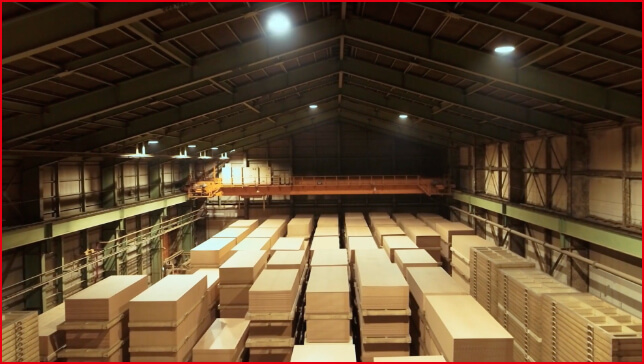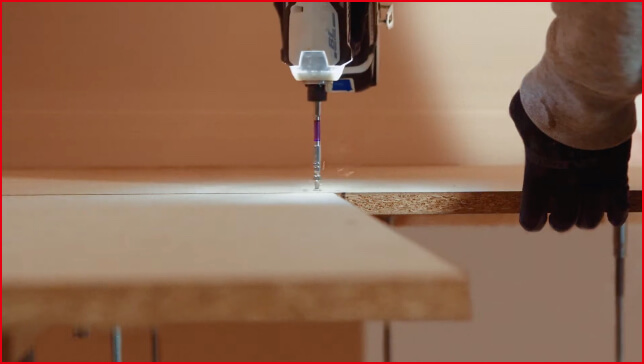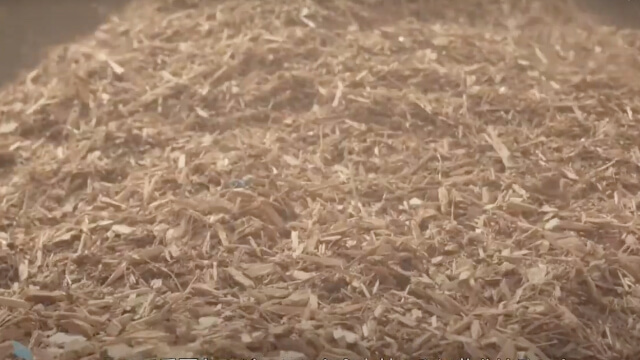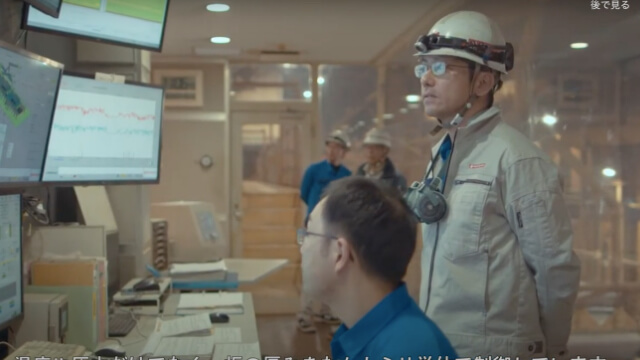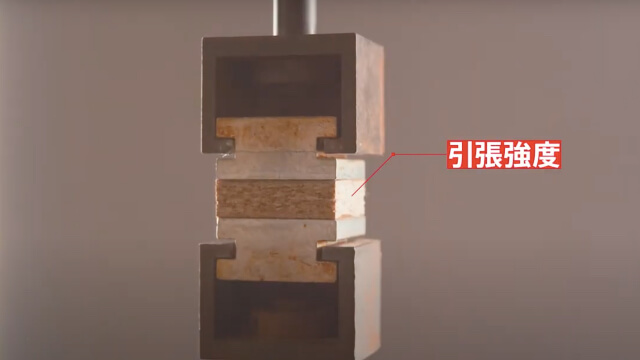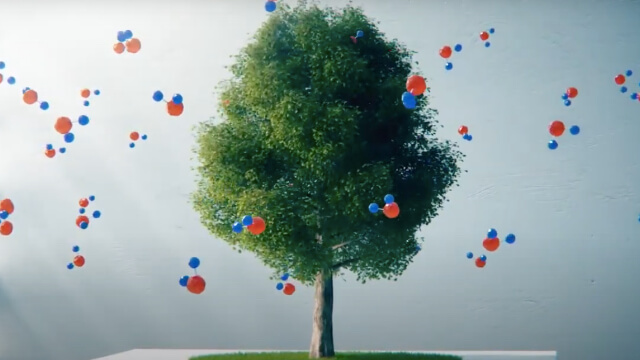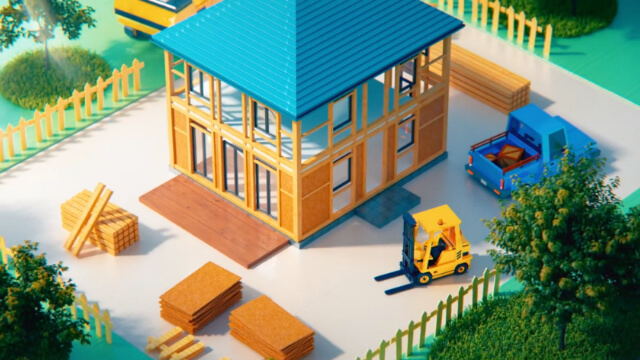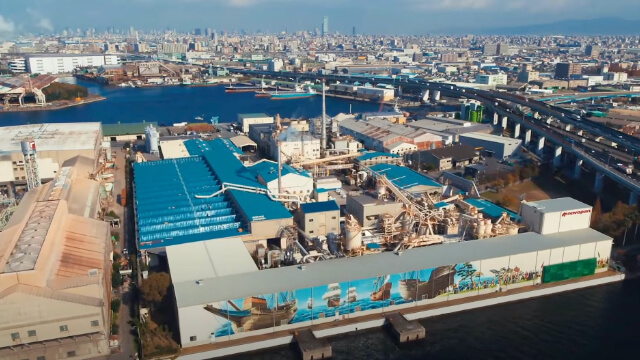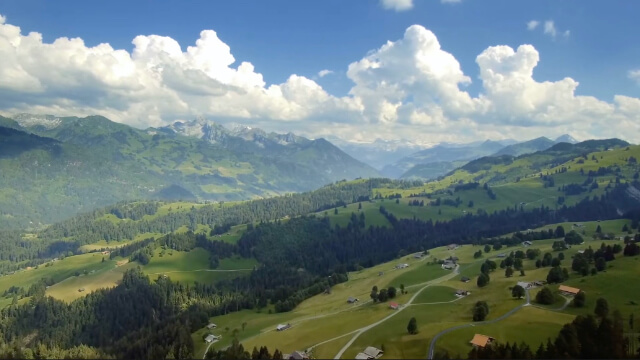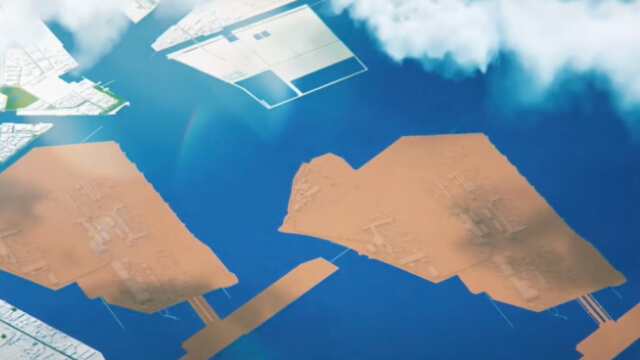In order to hand our precious earth’s rich and abundant nature and beautiful environment to future generations, JAPAN NOVOPAN works actively and continuously to reduce negative environmental impacts and promote the development of a sustainable, recycling-based society through operations aligned to our corporate philosophy which is making maximum effective use of the earth’s resources.
WHAT is NOVOPAN?
Novopan is made of 100% recycled material. It is a designated procurement item as defined under Japan’s Green Purchasing Law (Law Concerning the Promotion of Procurement of Eco-Friendly Goods and Services by the State and Other Entities), which came into full effect on April 1, 2001.
MOVIE:
WHAT is NOVOPAN?
HOW to MAKE “NOVOPAN”
Wood waste generated originated by construction and demolition sites and scrap wood from manufacturing factories are transported to our partner plants and turned into wood chips.
The chips are then screened and shipped to our particleboard plants, At our plants, we remove foreign materials from chips, classify them by screens, heat and dry them, add appropriate adhesives, and then press them with heat continuously to make particleboards. The boards are then supplied to our customers of building constructions and furniture manufacturers where wood residus may be made at those customers, and we again collect those wood waste for our raw materials. This is the circulation of wood resources by Novopan.
MOVIE:
HOW to MAKE “NOVOPAN”
ENVIROMENTAL INITIATIVE
By recycling waste wood, it is possible to conserve our valuable resources while simultaneously preventing large emissions of carbon dioxide due to the burning of wood for disposal, thereby contributing greatly to the curbing of global warming.
MOVIE:
ENVIROMENTAL INITIATIVE
COMPANY INFORMATION
Leading happier life in affluent society for our next generation.
SDGs, Sustainable Development Goals, are our common objective in global society. Every citizen, corporation, and organization over the world should follow this principle of action.
We all now realize that we can not continue the life spending natural resources as if they are unlimited. We are the generation who notice this reality and we are responsible for our behavior. If we ignore the SDGs principle and continue as the past we have done, in the future people look back that, there had been the generation starting unsustainable behavior with no knowledge, and also there were the generation who actually noticed the situation but neglected the responsibilities.
Our sister company, YAMAGEN had started forest business more than century ago, and faced the situation that big volume of wood residues were wasted when the company expanded the activity to lumber industry. As they regarded those residues were MOTTAI-NAI(shame to waste them), they searched the way to utilize them.
In 1956, Japan Novopan was established as the particle board manufacturer introducing the technology of Novopan process which was invented in Switzerland. Since the start up , our philosophy has been the maximum use of natural resources, at the early stage we had used wood residues from saw mills, plywood factories, and other wood industry, but along with our expansion, we also have started to use industrial wood waste from cities, such as from demolished houses, transport industry waste (old pallets and packages), and so on.
We started with the principal act of MOTTAI-NAI, and noticed the possible utilization of recycling wood resources, and we become the biggest corporation making wood based panels using waste wood as raw material in Japan.
Through our business activities, about 280 thousand tons of carbon dioxide fixation have been realized annually, this figures can be conversated as the absorption volume in forest of about 700 square kilometers ( 270 square miles) .
Our Sakai plant, the biggest particle board plant in Japan, we generate electricity by burning of wood chips which are not suitable for board production, and also the heat energy from the boiler supply to the production use, so we realize both material and thermal recycling systems in one location. Together with another modernized plant in Tsukuba, we have been adopting the state of art technology of production, and we have made the effort to develop the market of construction use of particle board, e.g., we have introduced the substitute products for plywood from tropical rainforest, durable structural wall panel as the name of STP, very low emission of formaldehyde board, and so on. We shall continue to develop the products requiring our customers and society demands.
Our responsibility is to pursue more efficient utilization of natural resources by applying our experience and knowledge.
How and what we act now for next generation ? Based on this point of view, we shall continue to make our best efforts for the issue of carbon dioxide, the matter how
we increase the use of domestic forest resources which are not used effectively, and those environmental issues now the society has faced. Through our efforts, we hope to be sustainable ourselves as the organization to donate the society.

President, Taku Yamamoto
| Company Name | JAPAN NOVOPAN INDUSTRIAL CO.,LTD. |
|---|---|
| Date Founded |
10 December 1956 |
| Represen- tative |
President & Representative Director: Taku Yamamoto |
| Key sites |
|
|
|
|
|
|
|
|
|
| Capital | 100million yen (authorised capital: 900 million yen) |
| Number of employees | 300 |
| Main trading banks |
MUFG Bank, Ltd., Kiyo Bank, Ltd., The Shoko Chukin Bank, Ltd. |
| Our business |
Manufacture and Sale of Particleboard / Biomass Power Generation |
HISTORY
Novopan was developed by Swiss inventor Dr. Fred Fahrni in 1942. The product is the leading brand in high-grade particleboards and as such enjoys recognition and trust. JAPAN NOVOPAN has created a state-of-the-art and fully-automated production system for particleboard by combining our proprietary production technologies with equipment and facilities imported from leading European manufactures.
MOVIE:
HISTORY
- 1942
- Swiss Inventor Dr. Fred Fahrni develops the manufacturing process for particleboard “Novopan”.
JAPAN NOVOPAN INDUSTRIAL CO., LTD. is established. - 1956
- The first plant, built in Sakai, Osaka, begins operations.
- 1975
- Initial operations commence at the second plant.
- 1997
- Initial operations commerce at the Tsukuba Plant.
- 2007
- Structural bearing panel “novopanSTPⅡ” is added to the product selection.
An energy generation facility based on biomass (woodchip) conversion commences
operation in the Sakai Plant premises. - 2008
- A new production line begins operating at the Sakai Plant.
The new production line steps up operation with a 3-crew/3-shift system. - 2013
- Unit Sales of “novopan STPⅡ” exceed 5,000 tons/ month for the first time.
ISO9001 registrations for Sakai Plant and Tsukuba Plant are combined. - 2018
- Unit sales of “novopanSTPⅡ” exceed 10,000 tons/month for the first time.
- 2019
- Unit sales exceed 25,000 tons/month for the first time.
- 1942
- Swiss Inventor Dr. Fred Fahrni develops the manufacturing process for particleboard “Novopan”.
JAPAN NOVOPAN INDUSTRIAL CO., LTD. is established. - 1956
- The first plant, built in Sakai, Osaka, begins operations.
- 1960
- The Novopan sales commence through sales agentsMitsui & Co., Ltd. and Matsushita Kosan.
- 1962
- Production capacity at the Sakai Plant expands with the increase in the number of heating-plates to eight.JIS A5908 particleboard certification received for the Sakai Plant.
- 1963
- Inabata & Co., Ltd. becomes the third Novopan sales agent.
- 1967
- Production capacity at the Sakai plant expands to 2,000 tons/month.
Novopan production exceeds 3,000 tons/month for the first time.
Melamine boards are added to the product selection.
The Sakai Plant streamlines start its operations, and production capacity at the Sakai Plant expands to 3,500 tons/month. - 1971
- Yoichi Yamamoto becomes president & representative director.
- 1973
- Production capacity at the Sakai Plant expands to 5,000 tons/month.
Plans to build the second plant are finalized. - 1974
- Construction of the second plant is completed.
- 1975
- Initial operations commence at the second plant.
- 1980
- Monthly production exceeds 10,000 tons for the first time.
- 1985
- Isocyanate boards are added to the product selection.
- 1988
- Manufacturing of particleboard using waste wood from demolition sites begin in earnest.
- 1990
- Monthly production exceeds 11,000 tons for the first time.
- 1991
- A cogeneration system is installed.
- 1995
- Monthly production exceeds 12,000 tons for the first time.
- 1996
- A decision is made to build a new plant in Tsukuba.
Unit sales exceed 13,000 ton/month for the first time. - 1997
- Initial operations commerce at the Tsukuba Plant.
- 1999
- Unit sales exceed 15,000 tons/month for the first time.
ISO 9001:1994 certification is received for the Tsukuba Plant.
JIS A5908 particleboard certification is received for the Tsukuba Plant. - 2001
- Monthly production exceeds 10,000 tons at the Tsukuba Plant for the first time.
- 2002
- ISO 9001:2000 certification is received for the Sakai Plant.
Unit sales exceed 20,000 tons/month for the first time. - 2003
- Taku Yamamoto becomes president & representative director.
Yoichi Yamamoto becomes chairman & representative director. - 2004
- ISO 14001:1996 certification is received.
Structural bearing panel “novopanSTP” is added to the product selection. - 2006
- The Tokyo Sales Office relocates from Shinkiba to Akihabara.
- 2007
- Structural bearing panel “novopanSTPⅡ” is added to the product selection.
An energy generation facility based on biomass (woodchip) conversion commences
operation in the Sakai Plant premises. - 2008
- A new production line begins operating at the Sakai Plant.
The new production line steps up operation with a 3-crew/3-shift system. - 2013
- Unit Sales of “novopan STPⅡ” exceed 5,000 tons/ month for the first time.
ISO9001 registrations for Sakai Plant and Tsukuba Plant are combined. - 2018
- Unit sales of “novopanSTPⅡ” exceed 10,000 tons/month for the first time.
- 2019
- Unit sales exceed 25,000 tons/month for the first time.



